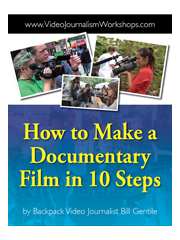KABUL, Afghanistan, 5 January 2014 — Two boys eat a lunch of leftover rice in a refugee camp on the edge of Kabul. About 1,500 people live in this squalid complex of tents and dirt homes. Especially in winter, as the temperature at night hovers below zero, life here is tenuous, particularly for children. The New York Times carried a front-page story recently about malnutrition running rampant among Afghan children — despite billions of dollars in aid during the last 10 years.
Working in these camps is a challenge. In addition to the grinding misery that is harder to accept each time you see it, navigating through masses of people in need becomes more difficult each time you do it. You do so by telling yourself that your work means something. You say that perhaps it will draw attention to their plight. And then you hope that it does.






